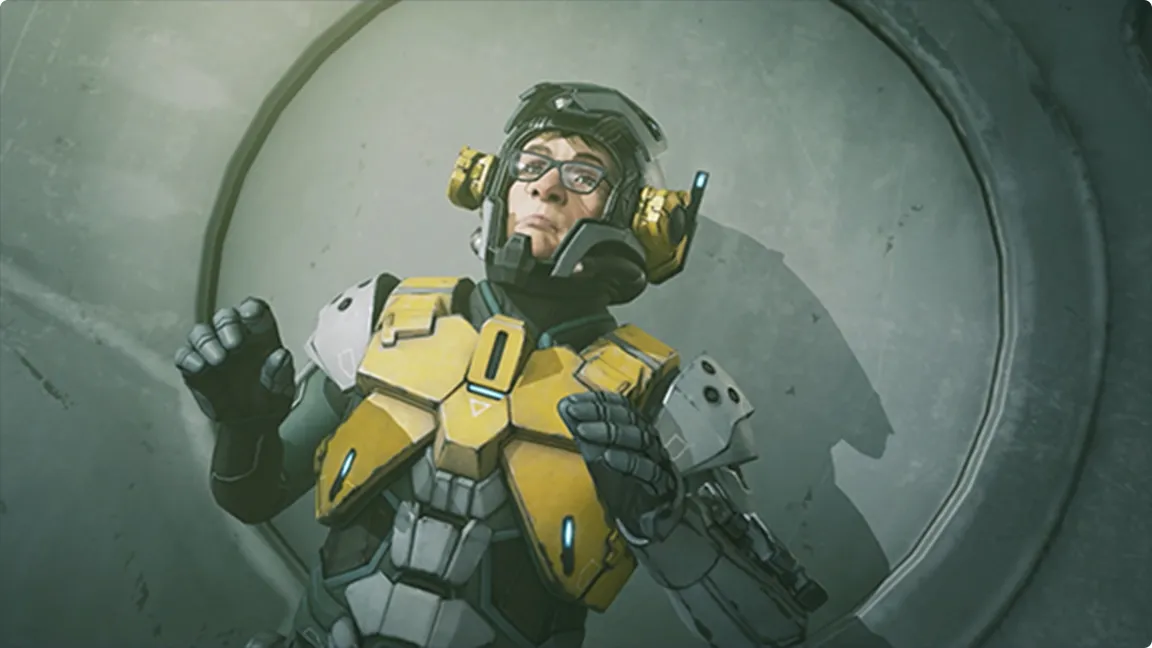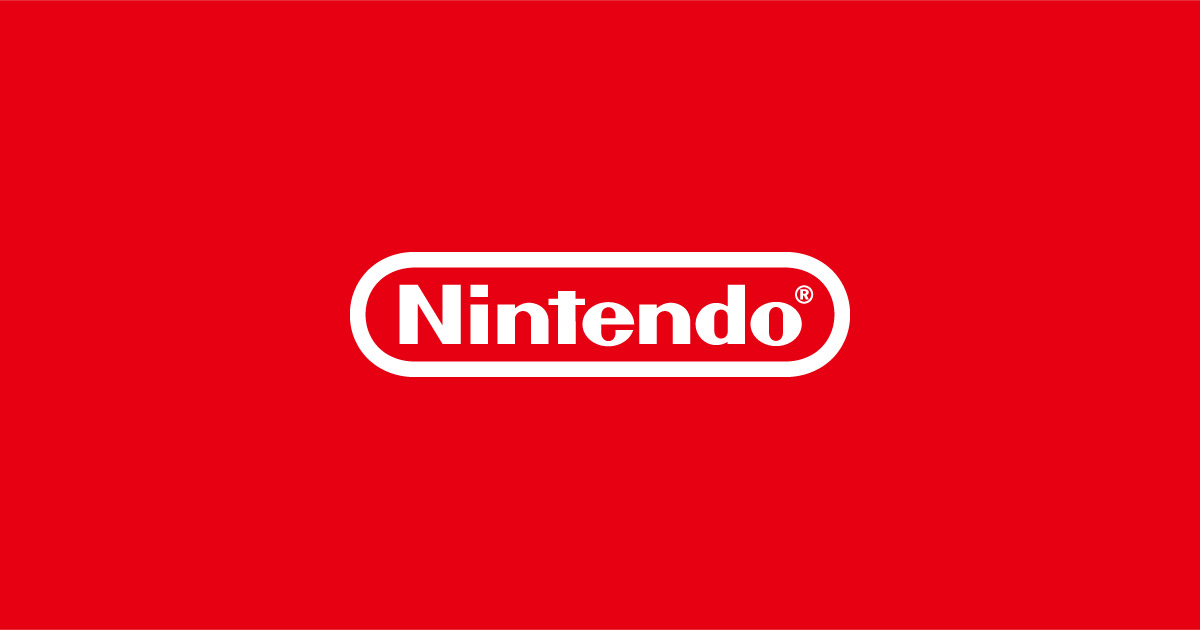Metroid and Samus Aran have stood as iconic elements of Nintendo's legacy for decades, redefining expectations for female representation in the video game industry.
First released for the Nintendo Entertainment System in 1986, Metroid introduced players to labyrinthine, atmospheric gameplay and a protagonist who would later become a milestone symbol for equality in gaming: Samus Aran.
As the series evolved through acclaimed titles such as Super Metroid on the SNES and most recently Metroid Dread on Nintendo Switch, the franchise has remained a cornerstone of Nintendo’s varied game catalog and a testament to progressive character design. For many players, Super Metroid’s 1994 release on the SNES marked a turning point in both technical achievement and character narrative.
Taking home a new copy of Super Metroid, fans would flip through detailed player guides and discover a revelation that challenged convention—Samus Aran, the heavily-armored bounty hunter on the cover, wasn’t just an anonymous figure beneath a helmet.
She was described repeatedly as female: 'she,' 'her,' and 'heroine' appeared throughout the manual, eliminating any doubt about her identity.
This clarity was especially groundbreaking at a time when the medium largely cast women in secondary or hypersexualized roles. Reflecting on the impact of discovering Samus’s gender, one longtime fan noted that her initial surprise quickly transitioned into admiration.
Samus wasn’t defined by traditional feminine tropes—there was no exaggerated reassurance through her design.
Clad in robust Power Armor, she wielded advanced weaponry and traversed hostile alien worlds on her own terms, embodying competence and resilience.
For many—especially younger women seeking belonging in an industry often dominated by male-oriented marketing—Samus represented fairness and possibility within games, breaking free from the restrictive norms that pigeonholed female characters as mere sidekicks, love interests, or unattainable ideals. Unlike the contemporaries of her era, such as Street Fighter II’s Chun-Li or Streets of Rage’s Blaze Fielding—characters who, despite being capable fighters, were often sidelined or defined by their appearance—Samus stood apart.
Her silent determination and independence underscored the idea that a compelling video game hero did not need to be overtly gendered or sexualized to resonate deeply with audiences.
Samus became a symbol of representation—proof that women could be the protagonists of their own stories, not just supporting characters or rewards for player success. The Metroid franchise’s influence has extended through successive platform generations, finding new audiences via the digital Nintendo eShop and Switch hardware.
While elements of the series—such as end-game imagery revealing Samus beneath her armor—have sometimes drawn criticism for conflicting with her otherwise empowering depiction, the overall legacy remains overwhelmingly positive.
Over the years, Samus Aran has grown to embody hope and inspiration for countless fans, demonstrating that true heroism isn’t bound by gender. As anticipation builds for each new Metroid installment, including the highly acclaimed Metroid Dread release on Nintendo Switch in October 2021, Samus continues to chart new territory as both a video game icon and a standard-bearer for meaningful female representation in gaming.
Nintendo’s commitment to the franchise ensures that Samus’s influence endures—not only in her own universe, but as a beacon of possibility for players everywhere.
First released for the Nintendo Entertainment System in 1986, Metroid introduced players to labyrinthine, atmospheric gameplay and a protagonist who would later become a milestone symbol for equality in gaming: Samus Aran.
As the series evolved through acclaimed titles such as Super Metroid on the SNES and most recently Metroid Dread on Nintendo Switch, the franchise has remained a cornerstone of Nintendo’s varied game catalog and a testament to progressive character design. For many players, Super Metroid’s 1994 release on the SNES marked a turning point in both technical achievement and character narrative.
Taking home a new copy of Super Metroid, fans would flip through detailed player guides and discover a revelation that challenged convention—Samus Aran, the heavily-armored bounty hunter on the cover, wasn’t just an anonymous figure beneath a helmet.
She was described repeatedly as female: 'she,' 'her,' and 'heroine' appeared throughout the manual, eliminating any doubt about her identity.
This clarity was especially groundbreaking at a time when the medium largely cast women in secondary or hypersexualized roles. Reflecting on the impact of discovering Samus’s gender, one longtime fan noted that her initial surprise quickly transitioned into admiration.
Samus wasn’t defined by traditional feminine tropes—there was no exaggerated reassurance through her design.
Clad in robust Power Armor, she wielded advanced weaponry and traversed hostile alien worlds on her own terms, embodying competence and resilience.
For many—especially younger women seeking belonging in an industry often dominated by male-oriented marketing—Samus represented fairness and possibility within games, breaking free from the restrictive norms that pigeonholed female characters as mere sidekicks, love interests, or unattainable ideals. Unlike the contemporaries of her era, such as Street Fighter II’s Chun-Li or Streets of Rage’s Blaze Fielding—characters who, despite being capable fighters, were often sidelined or defined by their appearance—Samus stood apart.
Her silent determination and independence underscored the idea that a compelling video game hero did not need to be overtly gendered or sexualized to resonate deeply with audiences.
Samus became a symbol of representation—proof that women could be the protagonists of their own stories, not just supporting characters or rewards for player success. The Metroid franchise’s influence has extended through successive platform generations, finding new audiences via the digital Nintendo eShop and Switch hardware.
While elements of the series—such as end-game imagery revealing Samus beneath her armor—have sometimes drawn criticism for conflicting with her otherwise empowering depiction, the overall legacy remains overwhelmingly positive.
Over the years, Samus Aran has grown to embody hope and inspiration for countless fans, demonstrating that true heroism isn’t bound by gender. As anticipation builds for each new Metroid installment, including the highly acclaimed Metroid Dread release on Nintendo Switch in October 2021, Samus continues to chart new territory as both a video game icon and a standard-bearer for meaningful female representation in gaming.
Nintendo’s commitment to the franchise ensures that Samus’s influence endures—not only in her own universe, but as a beacon of possibility for players everywhere.






